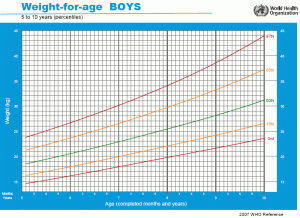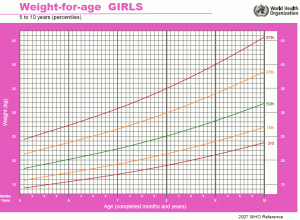Long-distance swimmers, cyclists, and runners need special nutrition to keep from running out of fuel or becoming dehydrated. The traditional “carbo-loading” involves a big supper of pasta the night before, to enable the body to build quick-energy glycogen stores. During the race, athletes ingest low-fibre, high-carbohydrate foods and slightly salted and sugared water such as Gatorade. This research suggests how athletes can meet their needs without loading up the night before: “Nutrition for endurance sports” by A. E. Jeukendrup.
Endurance sports are increasing in popularity and athletes at all levels are looking for ways to optimize their performance by training and nutrition. For endurance exercise lasting 30 min or more, the most likely contributors to fatigue are dehydration and carbohydrate depletion, whereas gastrointestinal problems, hyperthermia, and hyponatraemia can reduce endurance exercise performance and are potentially health threatening, especially in longer events (>4 h). Although high muscle glycogen concentrations at the start may be beneficial for endurance exercise, this does not necessarily have to be achieved by the traditional supercompensation protocol. An individualized nutritional strategy can be developed that aims to deliver carbohydrate to the working muscle at a rate that is dependent on the absolute exercise intensity as well as the duration of the event. Endurance athletes should attempt to minimize dehydration and limit body mass losses through sweating to 2-3% of body mass. Gastrointestinal problems occur frequently, especially in long-distance races. Problems seem to be highly individual and perhaps genetically determined but may also be related to the intake of highly concentrated carbohydrate solutions, hyperosmotic drinks, as well as the intake of fibre, fat, and protein. Hyponatraemia has occasionally been reported, especially among slower competitors with very high intakes of water or other low sodium drinks. Here I provide a comprehensive overview of recent research findings and suggest several new guidelines for the endurance athlete on the basis of this. These guidelines are more detailed and allow a more individualized approach.
- PMID: 21916794 [PubMed – in process]








